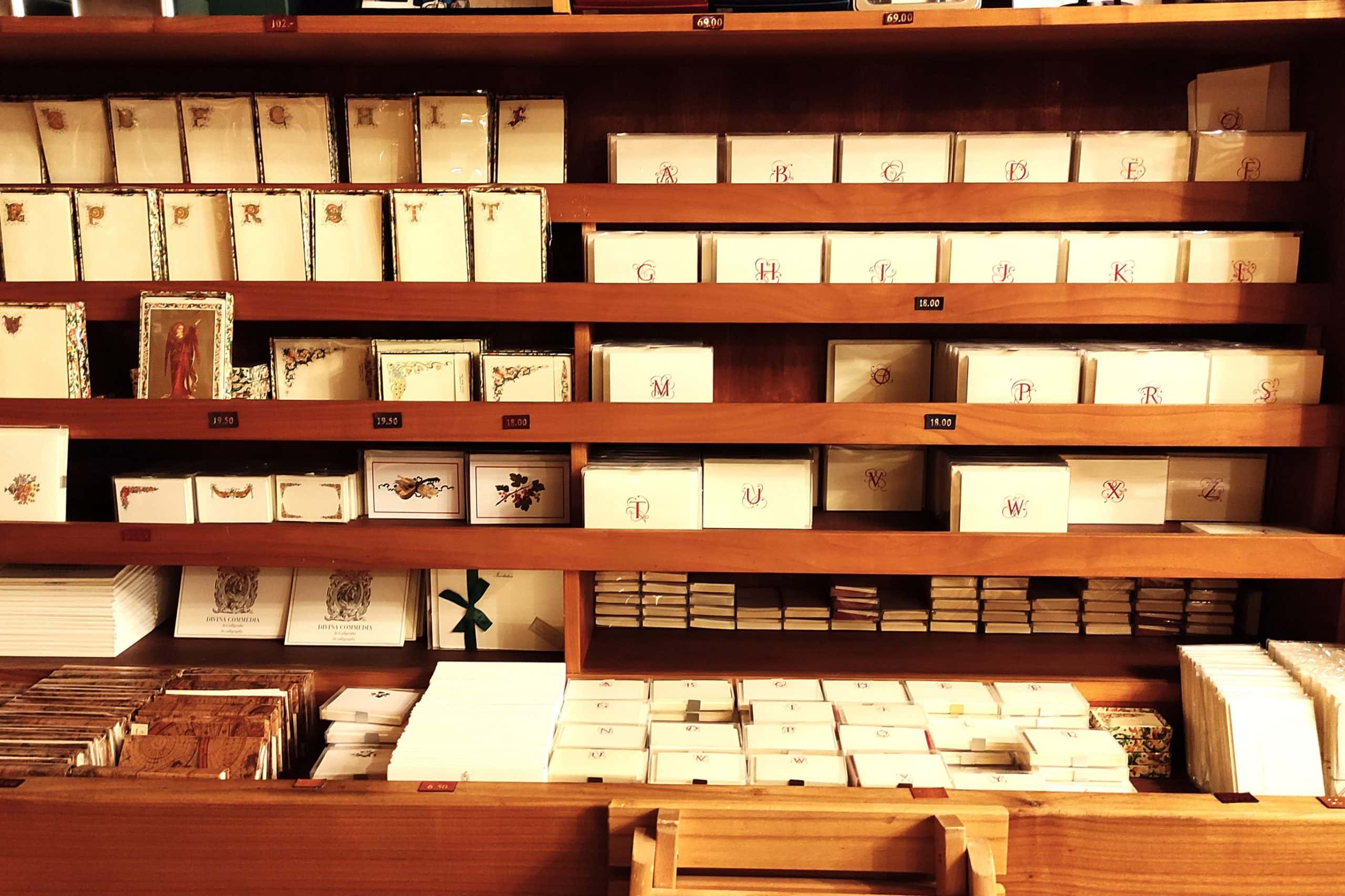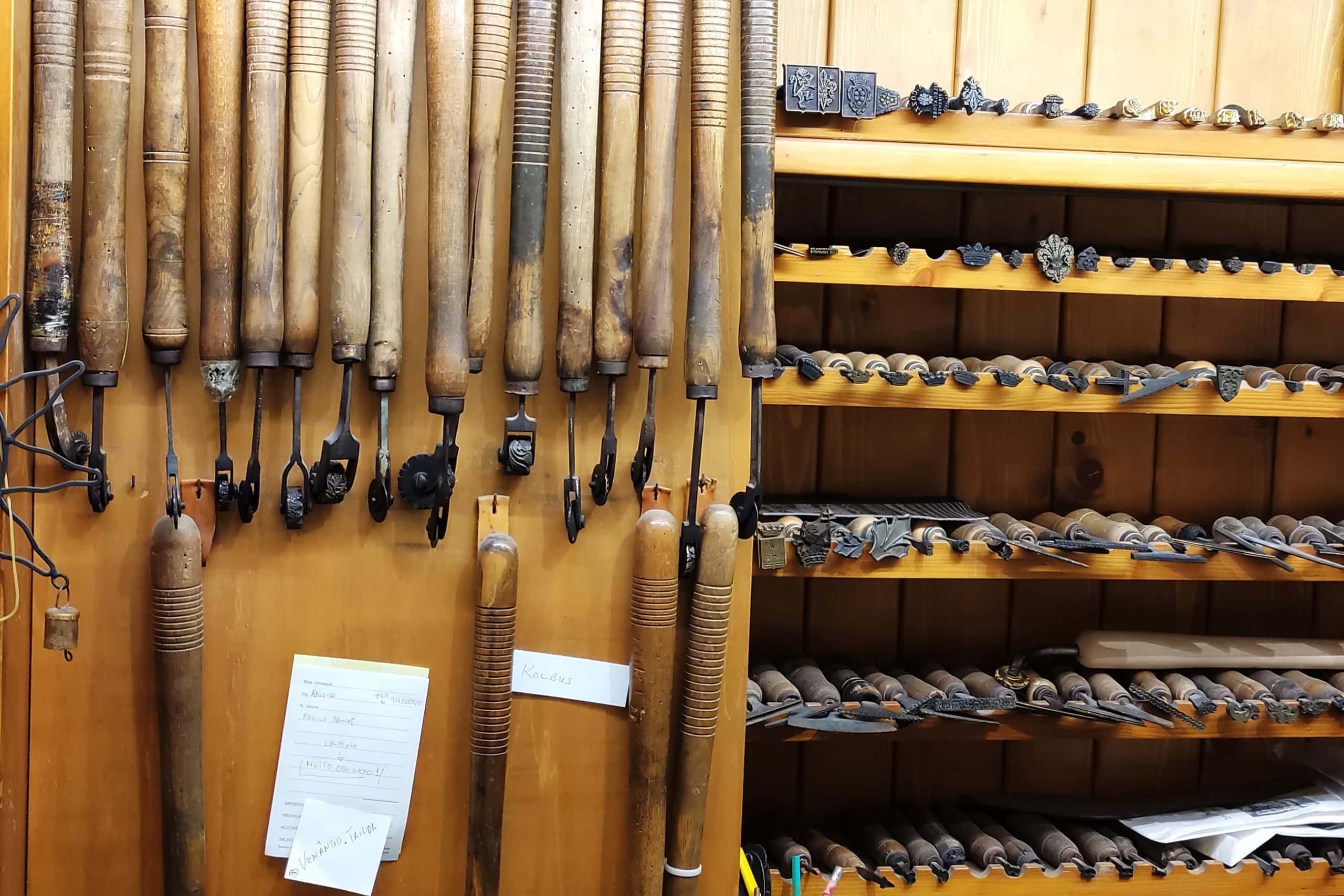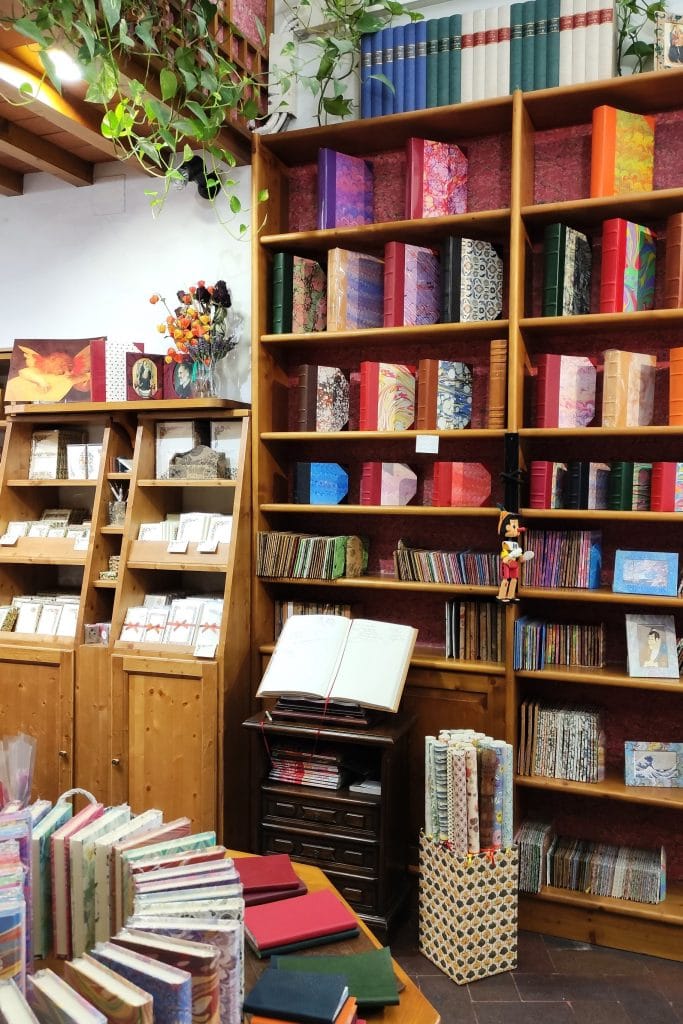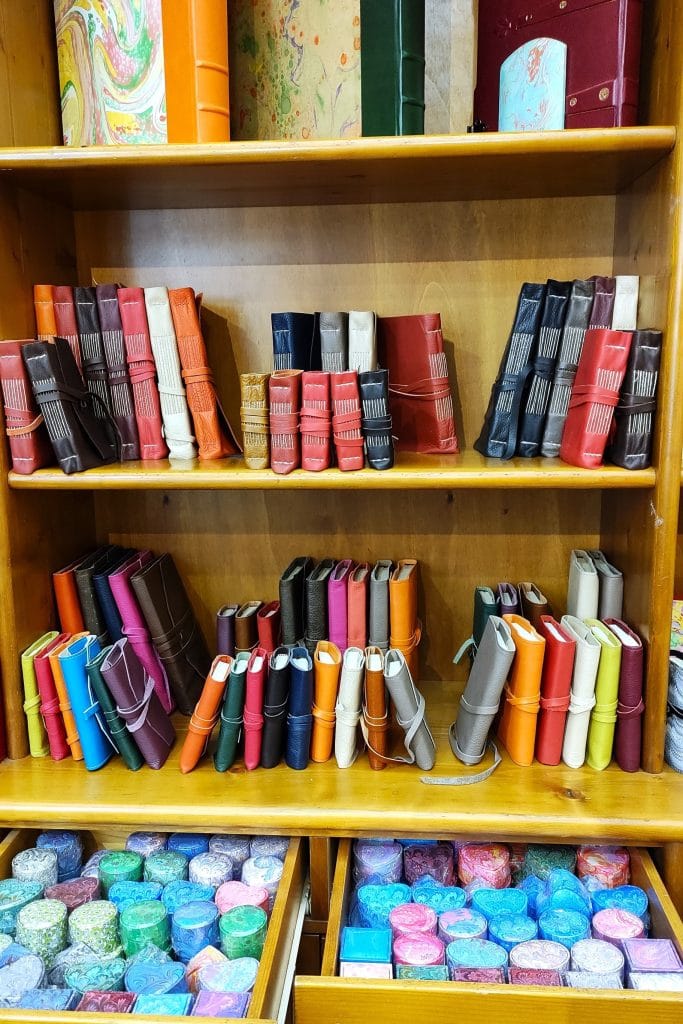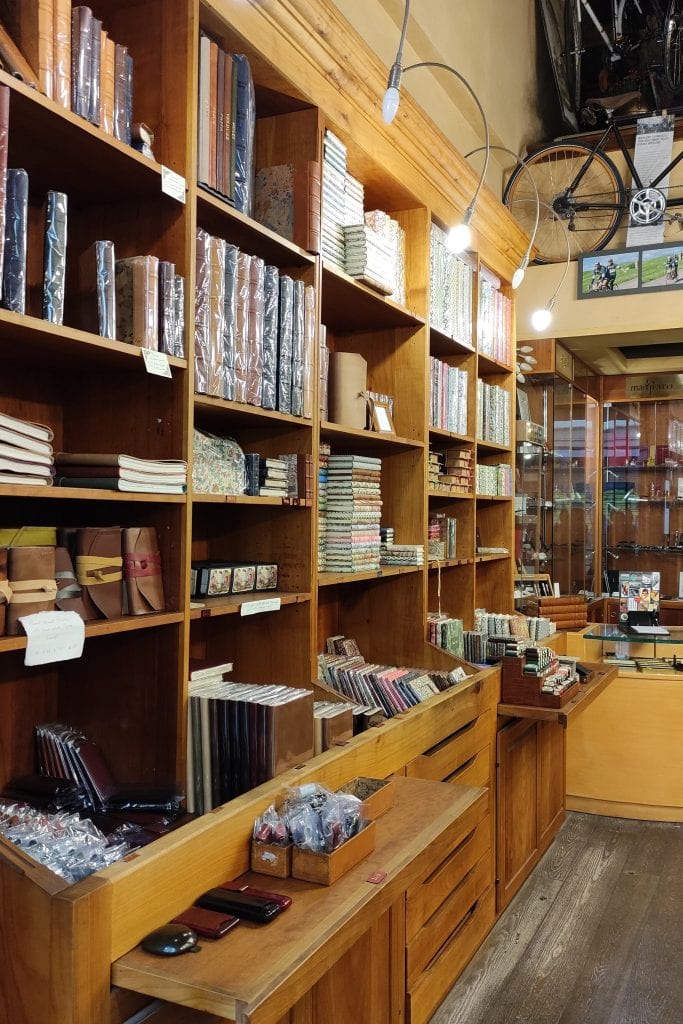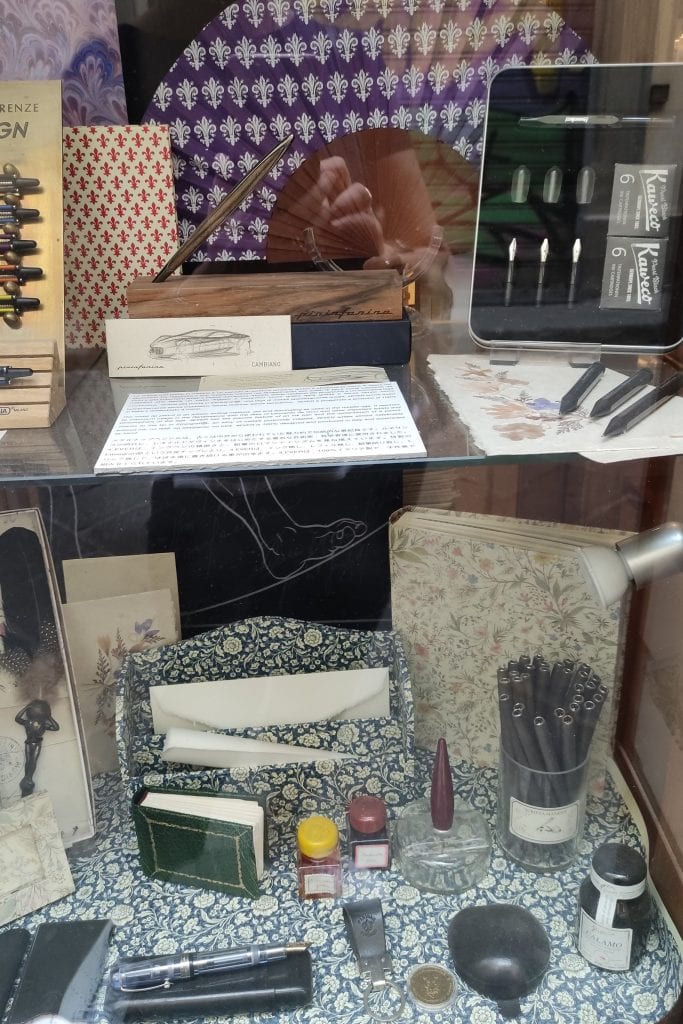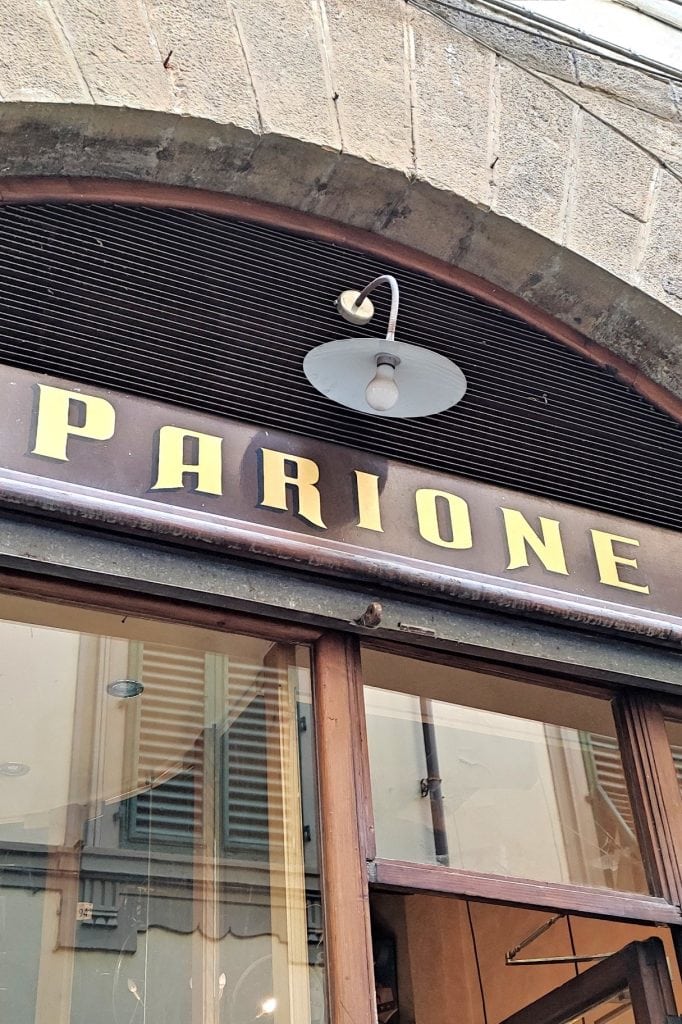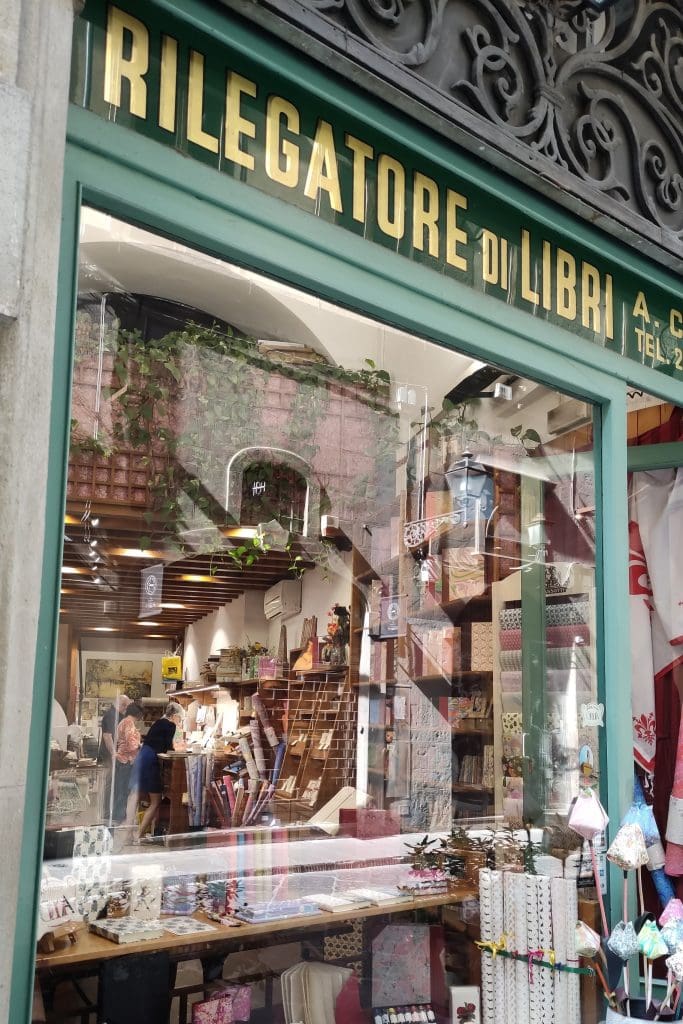Florence, the jewel of Tuscany, is celebrated for its art, culture, and history. Yet, amid its renowned treasures, the city’s profound connection with paper often goes unnoticed. From medieval manuscripts to modern masterpieces, Florence’s paper journey is a story of heritage, innovation, and skill.
Florence’s paper history is a testament to the city’s enduring commitment to artistic expression, intellectual growth, and cultural preservation. From its role in manuscript production during the Renaissance to the creation of marbled paper and modern innovations, paper remains an integral part of the city’s identity. As visitors explore the streets lined with historic buildings and art galleries, they should remember that beneath the surface lies a rich tapestry woven by the hands of paper makers, artisans, and craftsmen throughout the ages.
What are you waiting for?
Come and unravel its fascinating secrets with us.
